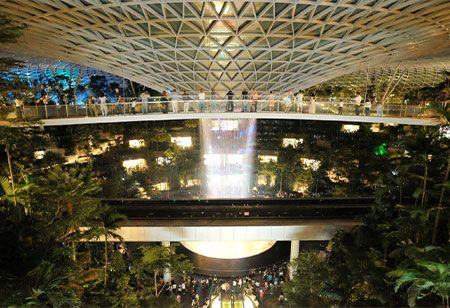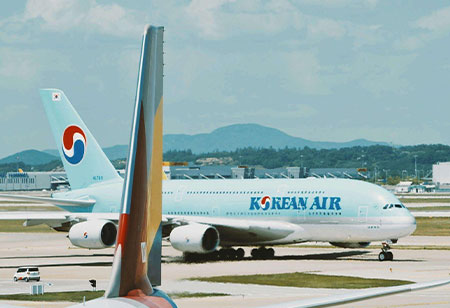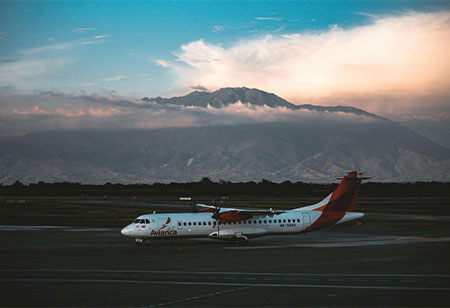
It's no surprise that Asia remains a world leader in technology. This has been the case for decades now, and the region shows no signs of slowing down. And why would they? Asia is constantly innovating tech—things to streamline and succeed in businesses, make home life more comfortable, and get us closer to a functioning Metaverse.
Everywhere you go in most major Asian cities, you see signs of technology improving everyday life, and that includes travel. Asia’s high-tech airports are making headlines again — so, let’s explore the best of the best.
Changi Airport has achieved fame as an airport “experience” beyond just a stopping point before travel. Dedicated to delivering truly exceptional experiences to every visitor and committed to innovation and sustainability, this airport is extraordinary in many ways.
Much has changed since this airport opened in 1931, and it’s all been for the better. With increasingly advanced tech and keen attention to customer service, TIA gives visitors a seamless airport experience. It’s also a great place to book a private charter, as the process is quick and easy.
Whether you’re catching a flight or not, there’s a lot to draw visitors to one of the busiest airports in the world.
This modern marvel of the aviation world is famed for its incredible architecture, capacity and, of course, its innovative technology. This airport was opened in 2019 and has improved and expanded since then.
 4.Incheon International Airport, South Korea
4.Incheon International Airport, South KoreaMany travellers perceive this airport as the gate to South Korea. This palace of aviation can welcome and check in a new arrival in under 12 minutes, while its combination of sleek, modern architecture and modern design make it a wonderful place to visit.
This airy, beautiful complex is so well-designed that it hardly looks like an airport at all. Though this is a standout in Thailand, a major change has been afoot in all Thai airports, with implementation complete for domestic travellers on 1 November 2024.
 6.Narita International Airport, Japan
6.Narita International Airport, JapanConnecting Japan and the rest of the world is no mean feat, and Narita does it flawlessly. Though this beautiful airport is technically outside the city, the excellent transport infrastructure makes reaching it a breeze for travellers.
The airport is the main hub of China Southern Airlines and a major location for Shenzhen Airlines, making it one of the busiest in the world. Indoor trees and a very spacious, airy design make it a pleasant place to visit.
When this airport was built in 2014, it took over the majority of the passengers and flights in the Doha area. Astounding in size, this airport currently serves 30 million passengers a year and aims to increase that to 50 million.
HKIA has made a very public commitment to sustainability and has largely honoured that promise. The ISO 14001-certified EMS keeps sustainability a reality.
Our last feature is one of only 8 airports serving Azerbaijan and is the newest member of Airports Council International (ACI Europe).
A stop-off at any of these international airports will show how committed the countries of southeast Asia and the larger Asian continent are to evolving technology and finding the best possible way of doing things. Thanks to advancing technology and a desire for improvement, the future is looking bright.
We use cookies to ensure you get the best experience on our website. Read more...